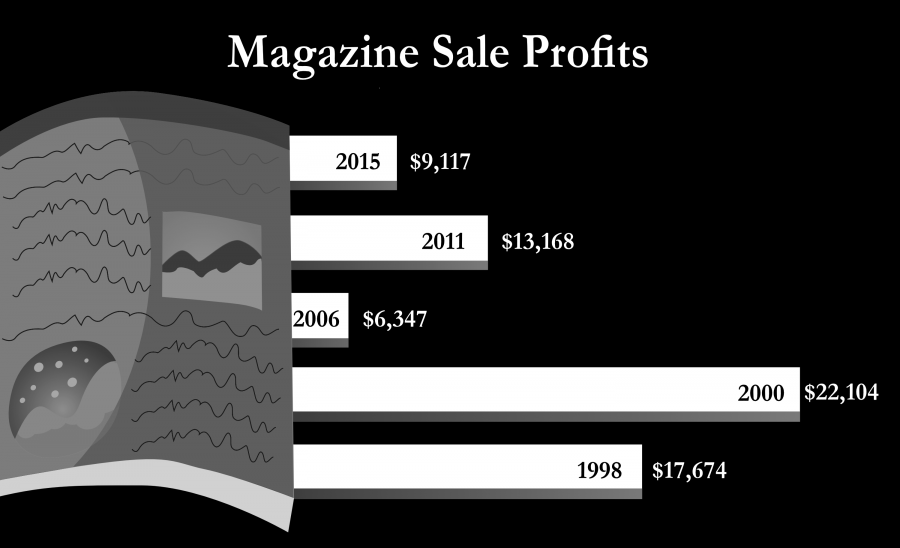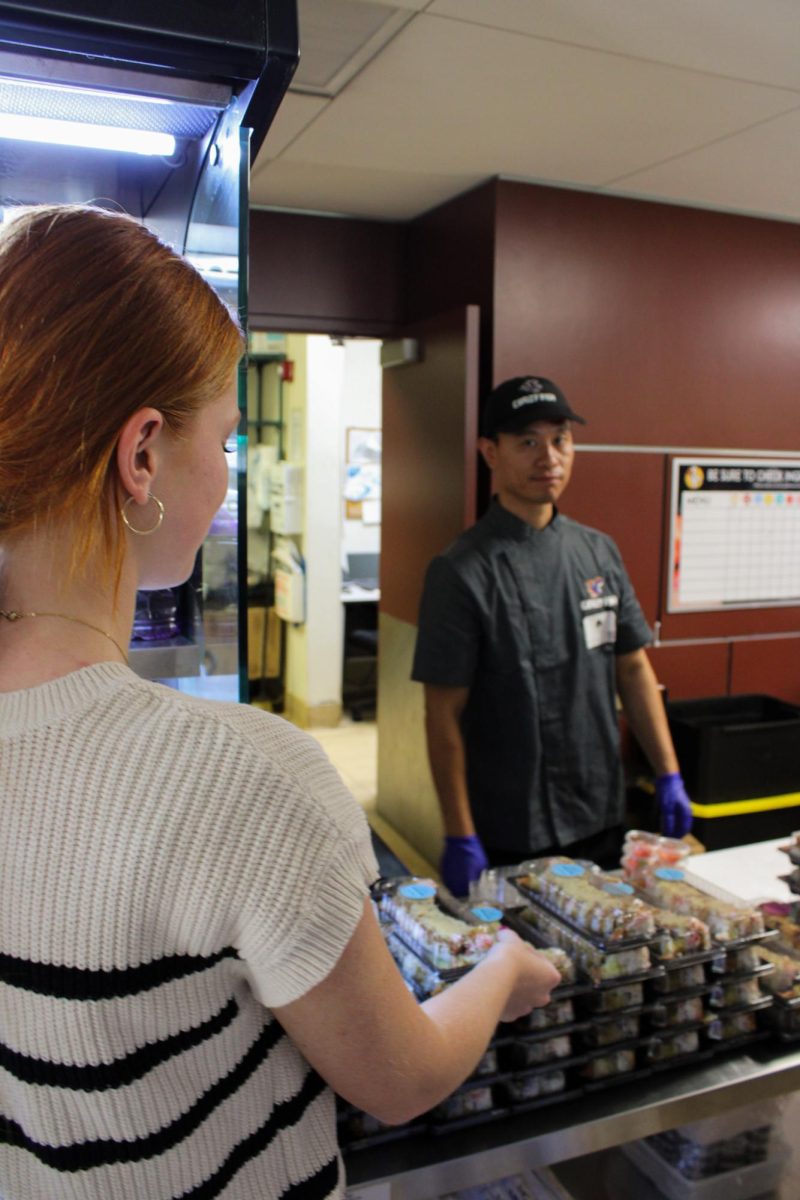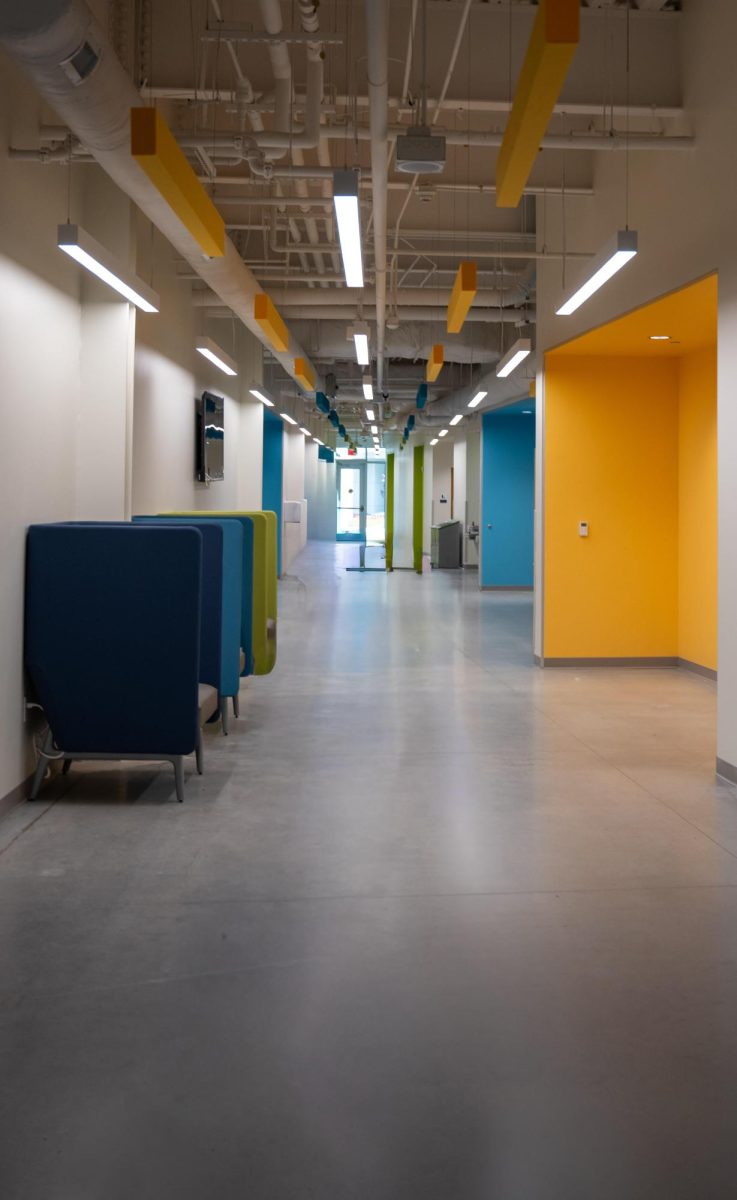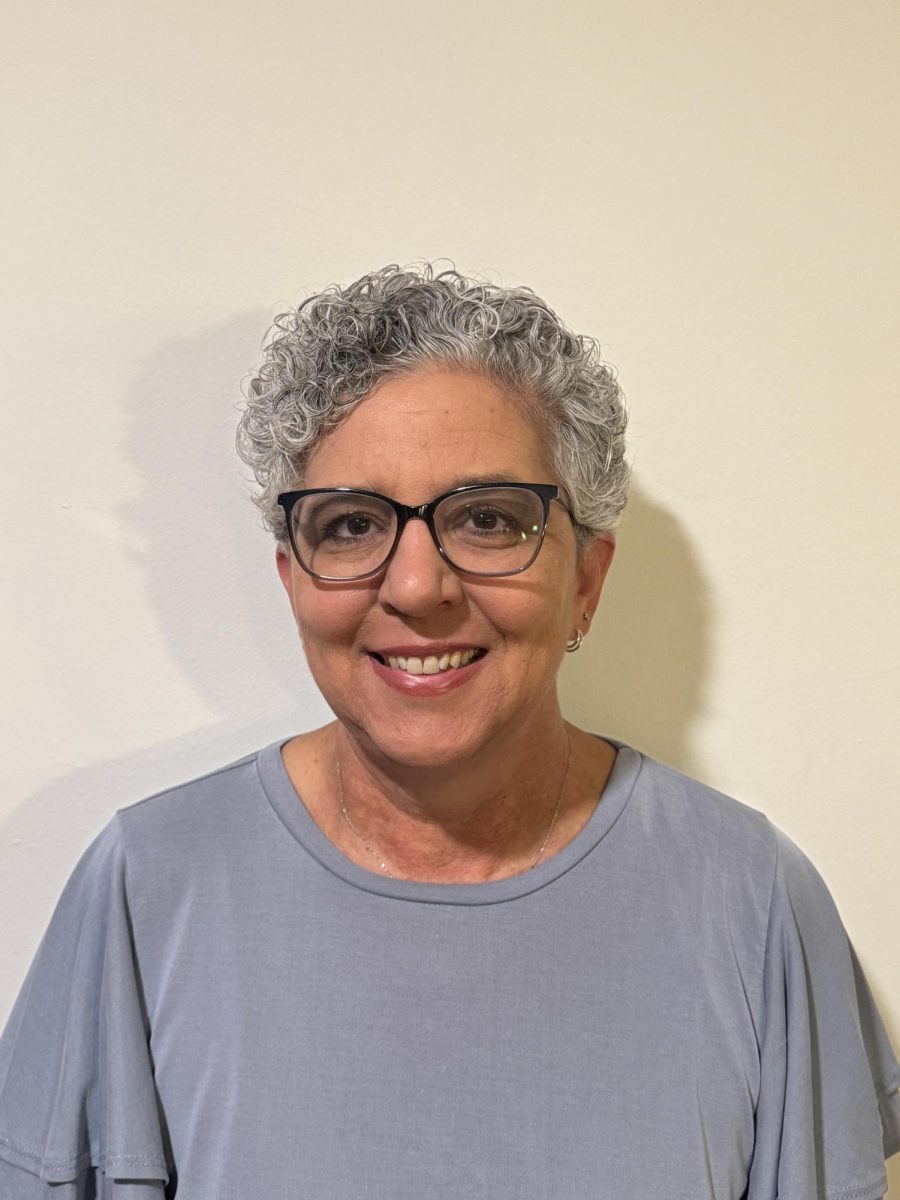The lure of free casual days, cool prizes and a myriad of recognizable rubber ducks based on celebrities entice many students to sell magazines. The elusive seconds in the money machine does nothing but attract swarms of students to participate in the sale. However, the multitude of prizes clouds the profound impact that the magazine sale has on the school. While purchasing or selling magazines, students can also financially support the school, as nearly half of every dollar earned is given to the school.
Although this event occurs every year, this year is particually special. The school’s librarian Margaret Griffith said that there will be a surprise brought to the campus with the help of the funds.
“We are getting something this year [but] I can’t tell you what it is. It’s going to be a secret, but all [of] the students are going to love it,” Griffith said. “[It is] something that has been a tradition at Trinity [and will come] probably by Christmas, maybe the [beginning] of the next semester.”
The magazine sale is run by the Great American Opportunities Corporation, whose primary focus is to help support organizations that change lives in the community. The organization’s innovative fundraising campaign choices include frozen treats, cookie dough, quality gift items, scholarships and magazines. It is projected to fundraise a total of $125 million for schools across the nation over the course of the 2015-2016 school year.
The annual magazine sale has had a long history on the campus. During the 1997-1998 school year, a group of mothers from the Trinity Parent Organization (TPO) began the magazine sale to raise funds for the library. Their hope was that the library would later use the profits to purchase products to benefit the students. Many of these products were needed immediately and would otherwise be added to the ever-growing budget of the following year. With the implementation of the magazine sale, the funds raised expedited the purchase of necessary supplies and provided a reserve of money dedicated to this specific fund.
The range of products purchased from the profits have changed dramatically over the past 18 years. The first purchases were laminators, ellison die cut machines (a letter/picture maker for bulletin boards) and book-binding machines. These were necessary resources for a library almost 20 years ago. However, with the rise of the technological age, we see the profits put into a more modern setting, but still retaining their beneficial value for students. The money has been used to buy subscriptions for several online databases. They include Encyclopedia Britannica, Ebsco Host and Noodletools. Subscription accounts allow students to access the full benefits of a paid subscriber without having them pay anything.
The art and photography students also benefit from the magazine sale profits. Additionally, the library uses a portion of the funds to purchase a growing collection of books and magazines for photography and art that students can check out. In fact, the Photography I classes are required to check out three separate books and write an essay for each one over the course of the semester. Once the new issues of the magazines have arrived, the old issues may be distributed to the art and photography classrooms.
Last year, the profits went towards a science database called Elsevier. Elsevier is a leading full-text scientific database that offers nearly 2,500 scientific journals and 26,000 scientific articles conducted with post doctoral level research. Many advanced MSON science classes take full advantage of this resource. Some of Mrs. Phillips and Mrs. Lopez’s classes also use Elsevier. Although the range of products purchased by the profits have changed throughout the years, new books have always been purchased to add to the library’s ever-growing supply.
In 1997, the first year of the magazine sale, the school raised $18,000. The sales increased through 2000 but lately there has been a dip in purchases.
“It’s been going down because people are not reading or subscribing to magazines like they used to. Many of the magazines are no longer hard copies,” Griffith said. The library has also been purchasing a variety of magazines for the school.
“We have about 100 subscriptions,” Griffith said. “If a student asks us to get something, I’m sure [Mrs. Gordon] will consider it. The most popular [magazines] are Seventeen magazine and Sports Illustrated.”
“[This year] might surprise us even though it has been going down,” Griffith said. “We understand it has been a nice ride. It has been here almost 20 years. We appreciate it.”
Over the years, the magazine sale has become a tradition at Trinity. Its profits have brought countless beneficial products and tools to the school. The magazines not only come with prizes, but they also make a permanent impact on years of Trinity students and hopefully many more to come.















